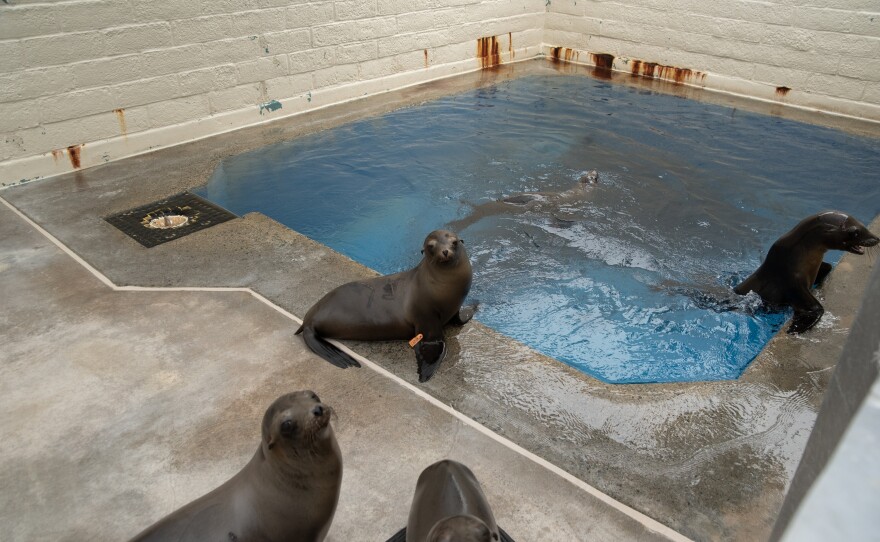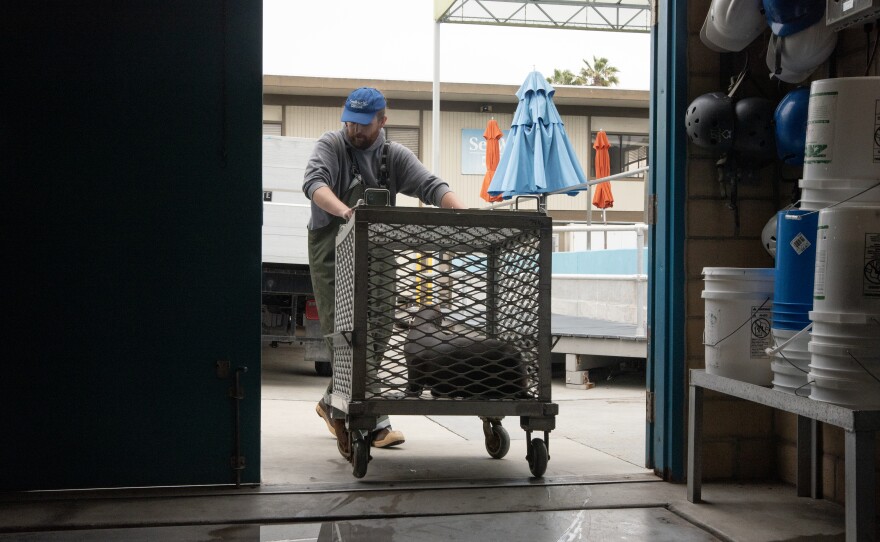Biologists are seeing hundreds of dead sea lion pups along California's uninhabited coastal islands. That number would typically be much lower during this time of year.
“We have discovered that scientists are seeing stillborn or premature births of California sea lions," said Jeni Smith, curator of SeaWorld San Diego's rescue program. As such, she's plugged into the network of scientists and rescue operations along the west coast.
The population counts of the dead pups are still in progress, which means scientists at NOAA, the National Oceanic and Atmospheric Administration, are still trying to figure out what’s leading to the spike in their deaths. Smith said it could be that females are having to do more work to find food.

“They’re swimming more, their body condition is less than ideal for having their pups," she said.
Part of the reason why there isn’t an answer about what’s behind the pup deaths, is that the NOAA surveys so far have all been aerial. But a statement from the agency hints at what could be going on.
It said in part: “Premature births are not uncommon with sea lions and often become numerous during El Niño periods when pregnant sea lions need to swim farther in search of shifting prey species.”
Whatever the cause, Smith said they’re closely following the situation.
“We have communication meetings all the time with the stranding networks so that we can kind of find out what’s going on with other rescue facilities along the west coast," she said.

While the cause isn’t apparent, one thing Smith can say for sure, at least for now, is that they’re not seeing an uptick in rescues in the San Diego region. SeaWorld handles rescues from the border to the Orange County line. But if they do start to see an issue here, she said they’re ready.

“We will develop a plan for them once they are here. We will weigh them, we will determine their length, we will find out what their blood glucose is, what their temperature is, whether they have any wounds," Smith said.
While the number of dead pups is a concern, California sea lions are not an endangered species. NOAA reports there are about 250,000 of them living and thriving along the coast of California.






